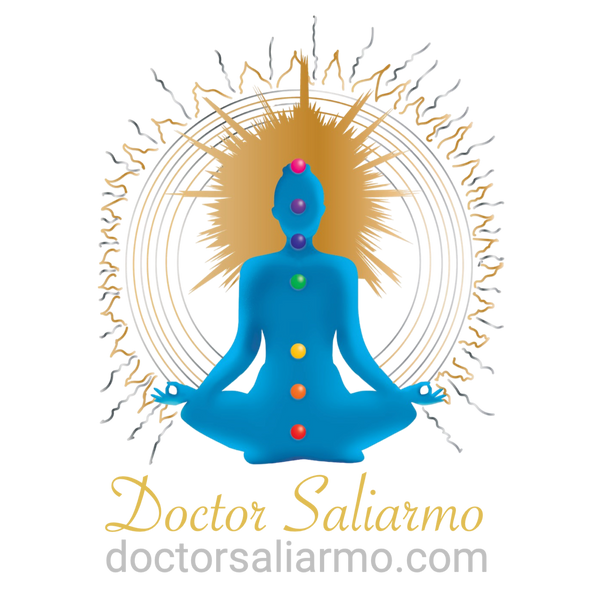Cinnamomum zeylanicum
Plant organ: Leaf
Optimal ranges of biochemical composition of a good pure and chemotyped essential oil of Cinnamon:
- Eugenol 70-80%
- Eugenyl acetate 5-7%
- Benzyl Benzoate 3-5%
- Beta-Caryophyllene 3-4%
- Cinnamyl Acetate 1.86%
- Linalool 1.72%
- E-Cinnamaldehyde 1-2%.
General information and properties:
Similar to Clove essential oil due to its high eugenol and eugenyl acetate content, Cinnamon leaf essential oil – very different compared to Cinnamon bark essential oil which has a different molecular composition – also has a high anti-infectious activity related to the concentration of eugenol, a molecule with a broad spectrum of action (including viruses and parasites) that has the ability to affect the cell membrane of fungi by reducing the amount of ergosterol, an essential component of their cell membrane. Additionally, eugenol stimulates digestion by increasing the synthesis of the gastric mucosa. The immunostimulant activity of Cinnamon essential oil is related to its contribution to the antioxidant system, allowing a global increase in the immune response to external aggressions. It is also known for its ability to increase the concentration of immunoglobulin A (IgA).
correct traditional indications
Dermatology
Athlete's foot
Dilute 1 drop of Cinnamon essential oil in 9 drops of Safflower vegetable oil. Apply to the affected area until completely absorbed into the skin.
gastroenterology
Stomach flu
Dilute 1 drop of Cinnamon essential oil with 9 drops of Safflower vegetable oil. Apply to the lower part of the belly until completely absorbed into the skin.
Immunology / Infectious Diseases / Oncology
Immunodeficiency
Dilute 1 drop of Cinnamon essential oil with 9 drops of Safflower vegetable oil. Massage the chest and back until completely absorbed into the skin. Repeat 3 times a day for a period of 5 to 7 days.
Otorhinolaryngology / Pneumology
Flu
Dilute 1 drop of Cinnamon essential oil with 9 drops of Safflower vegetable oil. Massage the chest and back until completely absorbed into the skin. Repeat 3 times a day for a period of 5 to 7 days.
Urology
Cystitis / Urinary Infection
Dilute 1 drop of Cinnamon essential oil with 9 drops of Safflower vegetable oil. Apply to the lower part of the belly.
Gynecology
salpingitis
Dilute 1 drop of Cinnamon essential oil with 9 drops of Safflower vegetable oil. Apply to the lower part of the belly until completely absorbed into the skin.
Permitted use according to age or condition of the patient:
Warnings on the use of essential oils:
The information on traditional use is not a substitute for the advice of a pharmacist or aromatherapy physician. Its use without attending to said recommendation will always be under your responsibility. If in doubt, it is recommended to consult your doctor. It is important to confirm the diagnosis of your disease or condition to make the best decision. It is especially important to review the contraindications and precautions for use of each essential oil. The indications and contraindications of an essential oil depend on its molecular composition. The traditional uses reported refer to essential oils and 100% pure vegetable oils with detailed information on origin, quality and specific molecular composition ranges for a SAFE AND EFFECTIVE AROMATHERAPY. THEY DO NOT APPLY TO ANY ESSENTIAL OIL THAT DOES NOT COMPLY WITH THIS INFORMATION. QUALITY GLOBAL SAS AND/OR DOCTOR SALIARMO VALDERRAMA AND/OR AROMATMA SAS is/are not responsible for inappropriate and/or abusive use of essential oils and vegetable oils. Allergy: Before using an essential oil, it is advisable to apply a drop on the inside of the elbow and wait 24 hours in order to demonstrate a possible allergic reaction. It is appropriate to consult the chapter entitled "Risks of using essential oil" if the icon "Allergy risks" appears.
Contraindications:
Do not apply during pregnancy. Do not use in children under 8 years of age. Do not apply or apply exclusively under medical supervision in patients suffering from hypertension or liver failure. It is hepatotoxic in high doses or applied for a long time. Do not apply pure in inhalation and bath. In diffusion it can be mixed with soft essential oils such as Orange or Lavender in a proportion between 5% and 10%. It is Dermocaustic (applied pure); For its topical application, dilute it in a vegetable oil in a maximum proportion equivalent to 10%. It is advisable to test the oil on the inside of the elbow to demonstrate the risk of allergy.
Bibliography:
- De la Charie, T. et al. Website « Compagnie des Sens » – https://www.compagnie-des-sens.fr/
- Franchomme, P., R. Jollois, and D. Pénoël. 2001. L'aromathérapie Exactly. Encyclopédie de L'utilisation Thérapeutique Des Huiles Essentielles. Editions Roger Jollois.
- Zhiri A., Baudoux D. Huiles essentielles chémotypées et leurs synergies.
Passport Santé. Website https://www.passeportsante.net/
- Scott A. Johnson, 2015. Evidence-based essential oil therapy the ultimate guide to the therapeutic and clinical application of essential oils (EBEO)
- https://vanessences.fr/content/28-huile-essentielle-encens-bienfaits-proprietes-utilisation
Image source: from ''Koehler's Medicinal-Plants'' 1887. Image description: A cinnamon stick in bloom. (1) flower; (2) flower in longitudinal section; (3) sterile stamens; (4, 5) fertile stamen; (6) pollen; (7) carpel; (8, 9, 10) fruit and seed.

